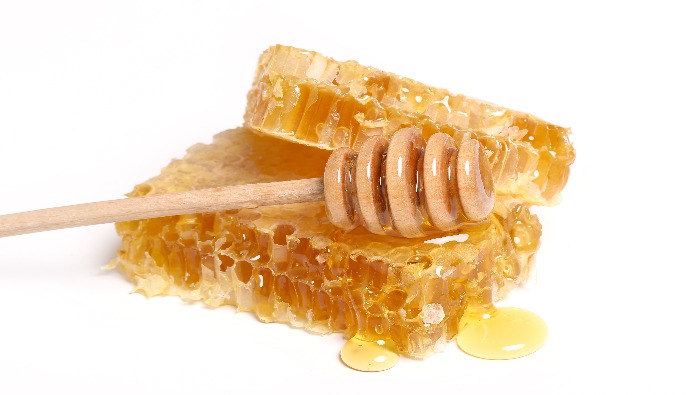Ways to Understand Real Honey and Honey Quality Tests
How to recognize real honey? What are Honey Tests?

Honey is one of the oldest known sweeteners. It is a valuable food both in terms of its effects on human health and its contribution to the growth and development of children. Honey; It is shown among the useful foods that should be consumed with its antibacterial and antiviral properties. Honey types are generally divided into three as flower honey, secretion honey and pine honey. Honey content generally consists of 20% water, carbohydrates, minerals, amino acids, enzymes and vitamins. Reasons such as honey being a special food and low production cause honey to be more counterfeited and adulterated. In our daily lives, we come across fake honey news on many platforms.
What is Fake Honey?
Fake honey is a product produced by adding low-quality additives such as sugar syrup, glucose, fructose instead of natural honey and sold as real honey. At the same time, honey obtained inappropriately by feeding the bee with sugar syrup can also be referred to as fake honey. Artificial methods are used to degrade the purity of honey, and this type of honey carries both health risks and lacks the nutritional values of real honey. Fake honey is common in the market due to its low price and ease of production.
How to recognize real honey?
Real honey is the pure honey that bees produce by collecting the nectar of flowers, unspoiled and without any additives. Several methods can be used to recognize real honey:
- Density: Real honey has a high viscosity and a dense consistency. Honey that has a low viscosity and does not dissolve quickly when added to water is usually pure.
- Sugaring: Pure honey crystallizes (sugars) over time, but this is a natural process. Sugaring can vary depending on the type of plant from which the honey is obtained, the glucose-to-fructose ratio it contains and storage conditions. Therefore, the approach that “unsweetened honey is fake” is not correct.
- Smell and Taste: Real honey has a distinctive aroma and a natural, rich taste. Fake honey, on the other hand, usually leaves an artificial taste when artificial sweeteners are used.
What are Honey Tests?
Various laboratory tests are used to determine the purity and quality of honey. These tests help to determine whether honey is natural or not and whether it contains additives.
- Moisture Content Analysis: The moisture content of real honey should be between 17-20%. High moisture content increases the risk of the honey becoming fermented. This test is performed to determine the honey's resistance to spoilage.
- HMF (Hydroxymethylfurfural) Test: A compound called HMF is formed when honey is heated or left to stand for a long time. A high HMF value indicates that the honey has been processed or is fake.
- Diastase Activity: Diastase enzyme indicates the freshness and naturalness of honey. Real honey has high diastase activity. In fake or heated honey, this activity is low.
- Sugar Profile Analysis: This test analyzes the amount of glucose, fructose and sucrose in honey. Real honey should naturally contain low sucrose and high fructose. Fake honey may have artificial sugars added.
- Pollen Analysis: Real honey contains flower pollen collected by honey bees. With this analysis, the flowers from which the honey was obtained and its naturalness can be checked.
- C14 Carbon Test: This test is used to determine whether the sugars in honey are vegetable or artificial. Natural honey contains plant-based sugars, while fake honey may contain additives such as corn syrup.
Nanolab Laboratories Group continues to provide services within the scope of Fake Honey Testing . We also provide services in Food Counterfeiting and Adulteration Studies.
Contact us for more information.
You can follow us on LinkedIn for up-to-date news and posts about our services.
Follow our Instagram account to be informed about our latest blog posts.

